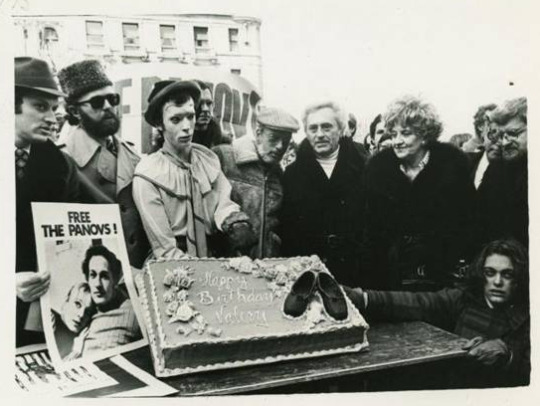By Ella Jordan-Smith, Reference Services Librarian
The Jewish War Veterans of the United States of America
In response to widespread antisemitic accusations that Jews had not fought in the Civil War, a group of Jewish Civil War veterans met in New York in 1896 to establish the Hebrew Union Veterans. The group eventually changed their name to the Jewish War Veterans (JWV) of the United States of America, which still exists today, making it the oldest active veterans’ service organization in the country. The group is currently headquartered in Washington, DC, where they also manage the National Museum of American Jewish Military History, the only Congressionally accredited veterans’ museum in the US.
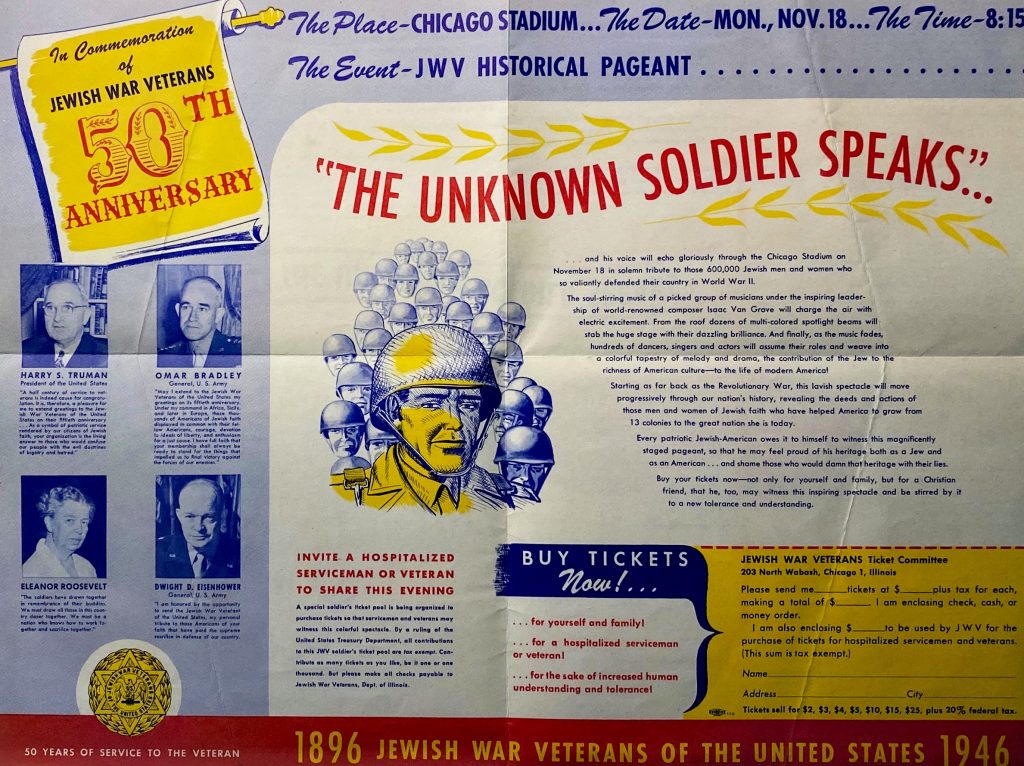
The Collection of the Jewish War Veterans of the United States of America, which documents the organization’s activities from 1930 to 2003, is held at the Center for Jewish History by the American Jewish Historical Society. It notably covers their involvement in anti-Nazi boycotts years before the start of World War II as well as their efforts to establish the National Shrine for the Jewish War Dead. It also contains a variety of material concerning their efforts to aid and support the establishment of the state of Israel.
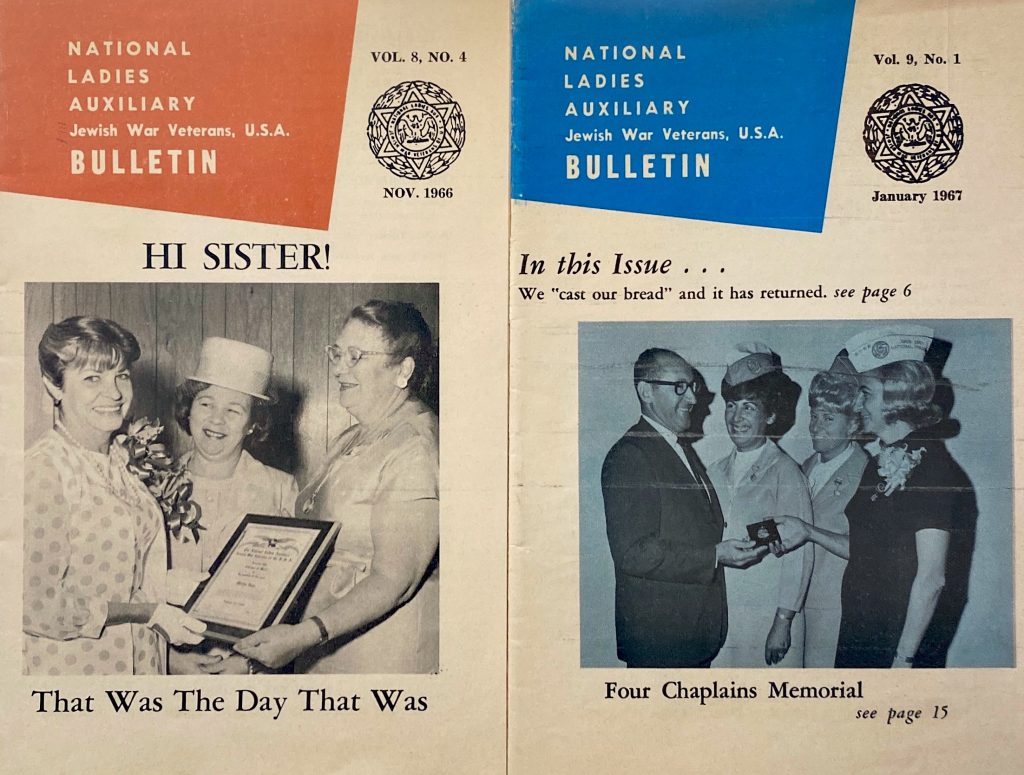
In the late 1920s, the JWV began to encourage the establishment of auxiliary units. By far the strongest and largest was the Ladies Auxiliary [see above], which was created for the wives, daughters, sisters, and grandmothers of men and women serving in the military. The Ladies Auxiliary has regularly led the JWV’s fundraising efforts. In 1941, following the United States entry into WWII, the Ladies Auxiliary helped sell $250 million in war bonds.
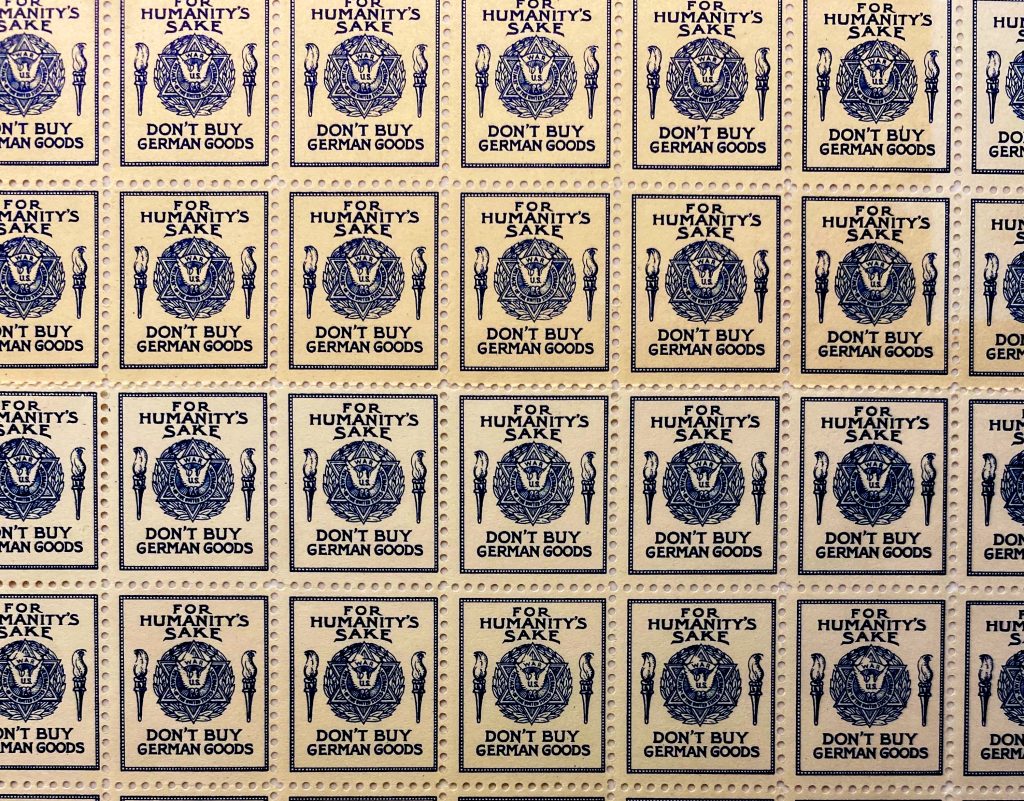
The JWV was one of the first organizations brave enough to spearhead and support the international movement of anti-Nazi boycotts in 1933 [see above], following Hitler’s appointment as German Chancellor in January of that year. (The boycott committee was first established by the American Jewish Congress in collaboration with B’nai Brith and the American Jewish Committee, but those organizations decided against the boycott due to their worries that it would cause retaliation and worsen the situation for Jews in Germany.) The JWV boycott lasted until 1941 when the US entered the war. They also organized a massive march in New York City to accompany the boycott, with 4,000 veterans marching on City Hall. Local JWV branches also assembled groups of volunteers with German language skills to help new immigrants who had fled Nazi Germany.
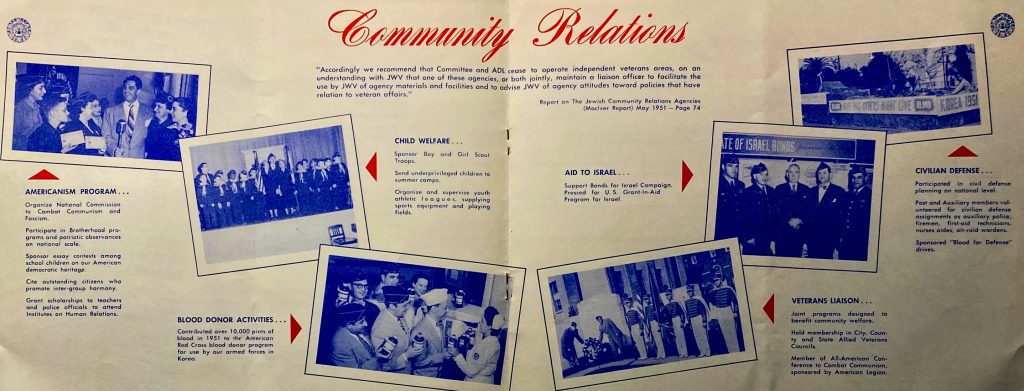
The JWV offered a range of service programs meant to benefit both veterans and their communities at large. As you can see on this “Community Relations” page from 1951 [above], their programs fluctuated to accommodate the current political landscape and veterans’ needs. Here we see an “Americanism Program,” which aimed to combat the spread of communism, alongside other more pragmatic outreach such as blood drives and the sponsorship of children’s activities like the Boy and Girl Scouts. Throughout the 20th century and into today, they have also made large efforts to send aid to Israel.
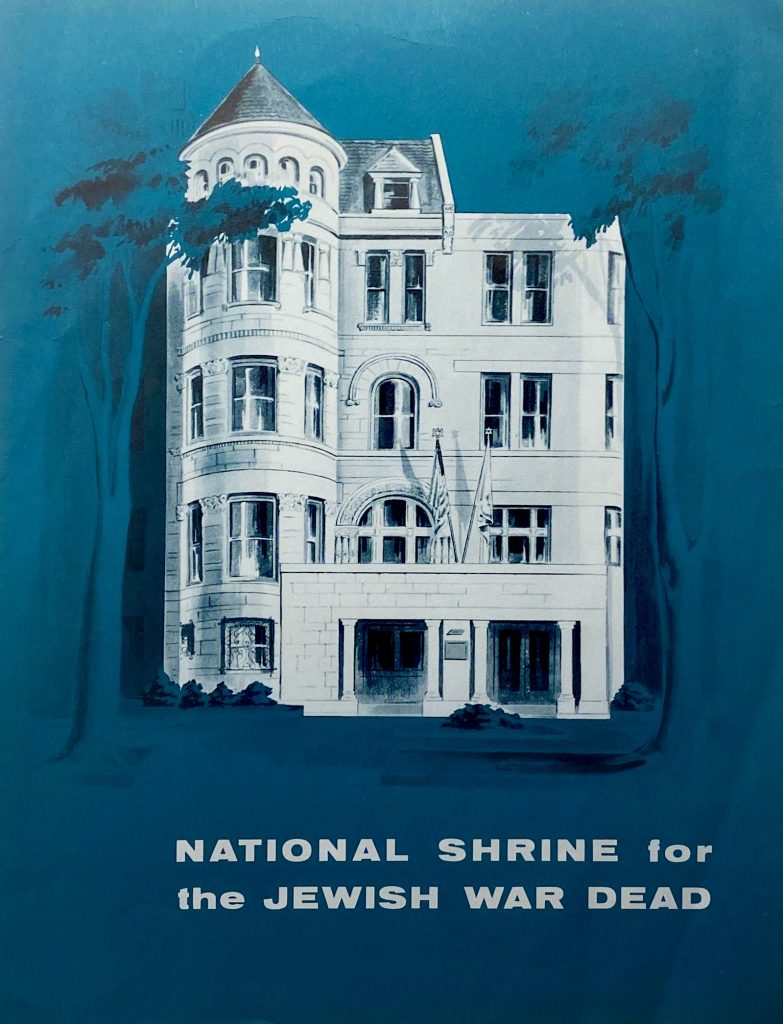
In 1954, the JWV was able to fulfill a long-term goal by establishing the National Shrine to the Jewish War Dead in their new D.C. headquarters [see above]. In September of 1958, following the granting of a congressional charter, the shrine became known as the Jewish War Veterans of the USA National Memorial, Inc. The memorial sponsors the National Museum of American Jewish Military History, a museum and archive which is open to the public. The JWV currently has about 7,000 members and over 400 posts across the country.
Related materials can be found in the following CJH research guides:
Collection Guide: National Jewish Welfare Board
Subject Guide: Military History
Further Reading:
A study and evaluation of the veterans service program of the Jewish War Veterans of the United States of America / by Louis Goldstein., 1964.
Jews in American wars / by J. George Fredman and Louis A. Falk. 5th ed., 1954.
350 year commemoration of Jews in America’s military / by Seymour “Sy” Brody; illustrated by Art Seiden, 2004.



